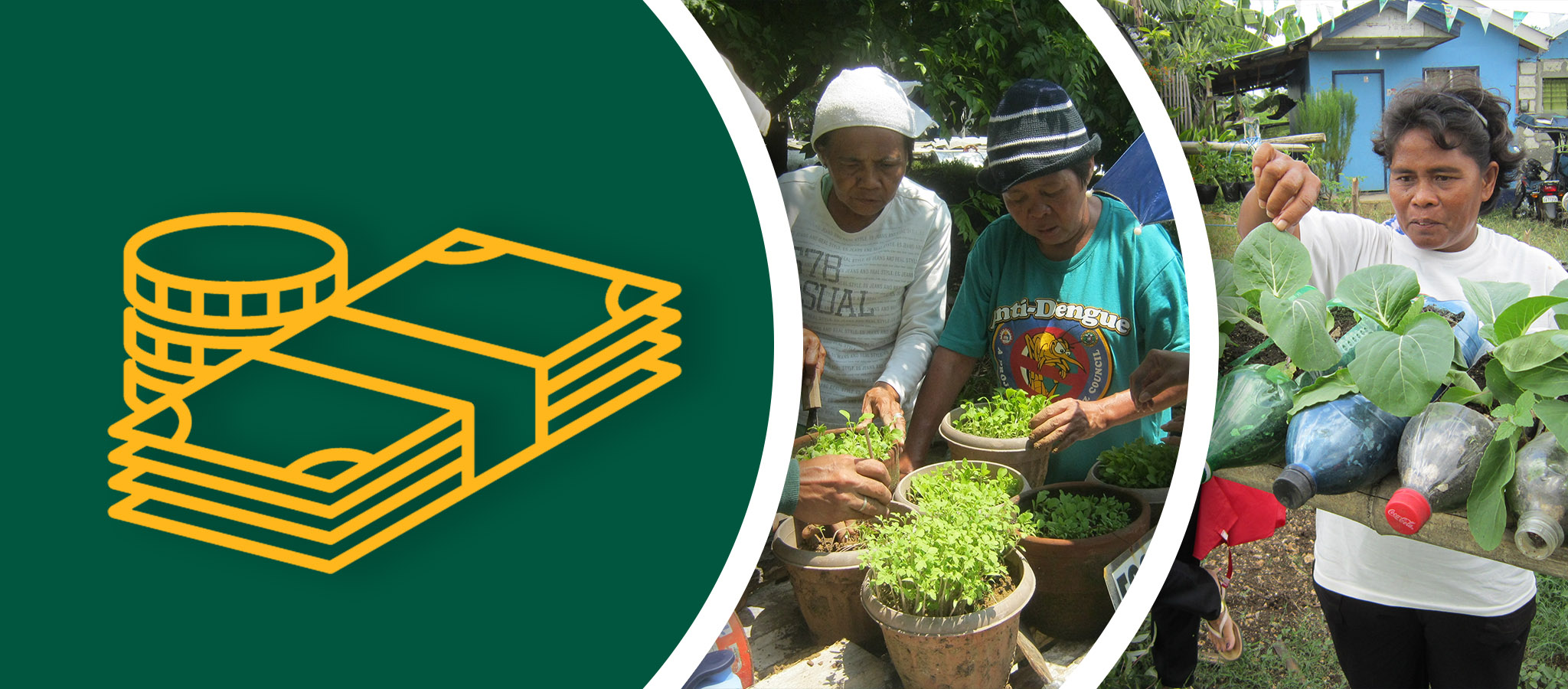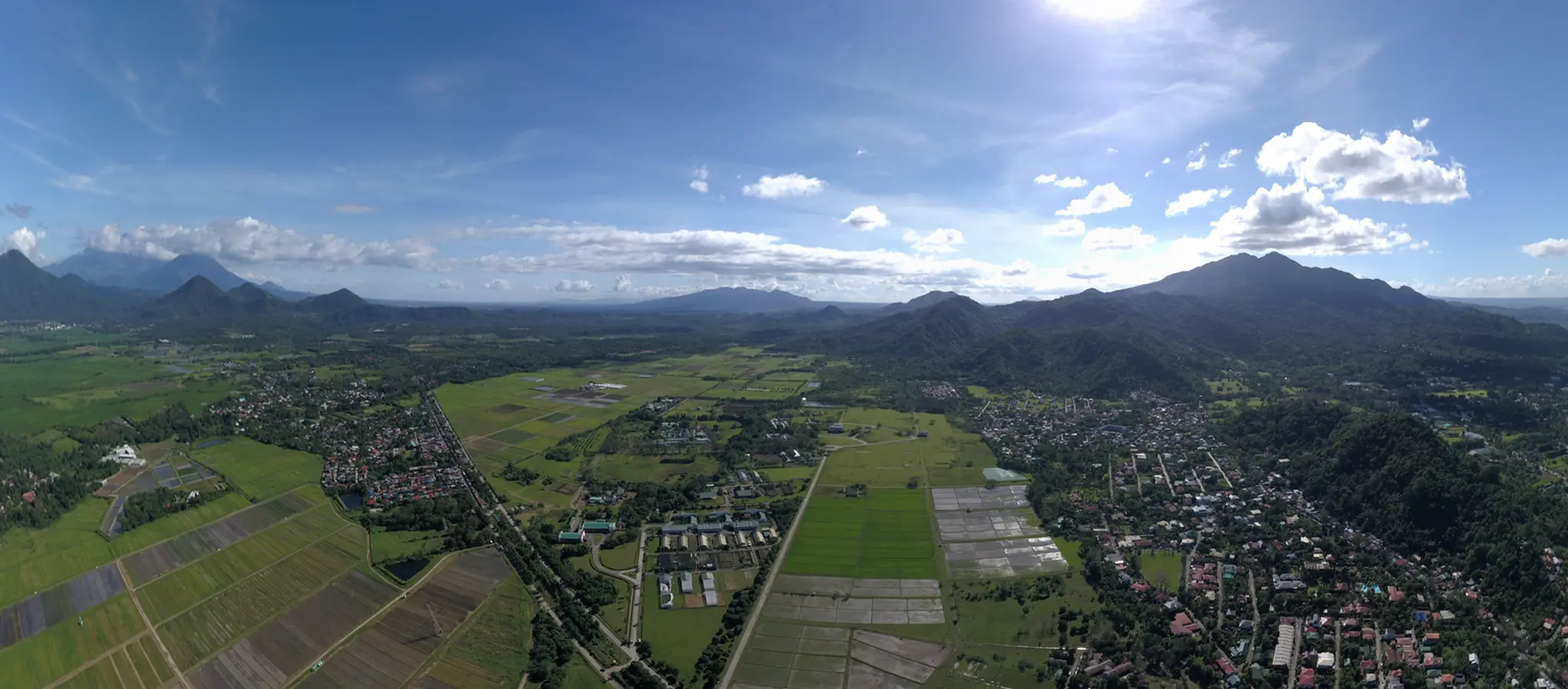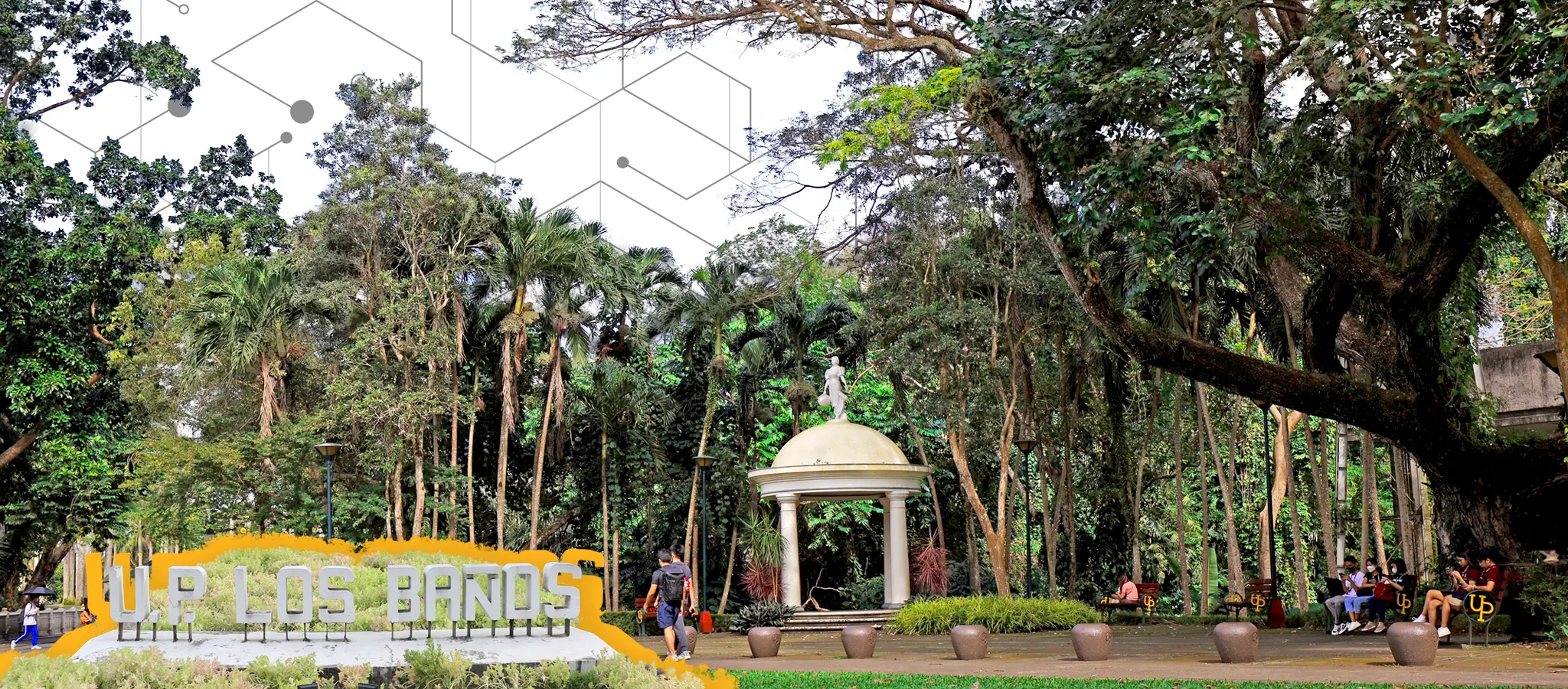
Community currencies. Have you ever heard about them?
Well probably not, but at the UPLB College of Public Affairs (CPAf), community currencies have been a focus of discussion in two events hosted by the College, the latest being the “CPAf 29th Sustainable Shared Growth” online seminar on July 27. The seminar was a collaborative activity of Sekiguchi Global Research Association (SGRA, pronounced as you would “zebra”) of Atsumi International Foundation and CPAf.
Community currencies (CC) became a topic of conversation at CPAf for their potential as a real-world mechanism for achieving sustainable shared growth, a type of development that centers on efficiency, equity, and environment, which the College and the UPLB community espouse.
The Seminar
The CPAf seminar kicked off with a talk by Dr. Kenichi Kurita of Chiba Keizai College in Japan who, I think, has accomplished prodigious research achievement in the use of CCs. I still remember him, brimming with excitement, as he showed me a thick envelope full of Japanese CCs. Japan started using CCs in the 70s and had an estimated 600 CCs in use all over the country in 2003. He based his talk on his book titled “Kumyuniti Keaizai to Chiiki Tsuka” or “Community Economy and Community Currency” published in Japanese in 2020 by Senshu Daigaku Shuppan Kyoku.
Dr. Kurita discussed the four evolution stages of CCs in Japan. The first was from 1970 to early 2000 when CCs were used primarily to promote mutual assistance among community members. The second was in the early 2000s when Japan began using CCs to invigorate the local economy and the third, in the mid-2000s to address social issues in the community such as forest preservation. Then on its fourth stage in 2015, CCs became digital.
All functions of CCs as noted in the four stages of CC evolution are apparent in various combinations and forms at present in Japan. The evolution of CCs, to me, also reflects a complete harmony with the economic goals of sustainable shared growth – KKK, which stands for katarungan (equity), kahusayan (efficiency), and kalikasan (environment).
Other talks on CCs and community development in the seminar were Dr. Toru Nakanishi of the University of Tokyo or Todai on “Community Currencies as Weapons of the Weak: A Basis of Countermeasures Against Global Finance” and Dr. Josefina Dizon of UPLB CPAf who talked about “Social Capital as a Form of Community Currency.” My talk was on “Community Currency Experiments.”
CCs as mechanism for sustainable shared growth
Dr. Nakanishi who is also a Philippine development expert at Todai and an author of a book on slum economics, argued that CCs could be weapons of the weak (i.e., those living in poverty and the ethnic minorities) in this age of global financial capitalism.
He said that globalization, as it is currently implemented, would not be able to eradicate the severely inequitable distribution of wealth and income in the world. This is a point I tend to share with him and a factor that makes me think CCs are equitable.
A recurring theme in the discussions during the seminar was that of CCs being possibly anti-establishment, a common misunderstanding given the unorthodoxy of CCs. In fact, CCs are called complementary currencies, thus non-subversive. Fiat money may be very effective in addressing macroeconomic imbalances, but it is a blunt instrument when dealing with the imbalances in small communities.
The other presenters confirm my assessment that CCs could be a real-world mechanism to achieve sustainable shared growth, a type of development that centers on efficiency, equity, and environment. CCs are efficient because they lead a community to a fuller utilization of its resources. CCs are equitable since, for one, these are normally provided at zero interest rates, and essentially removes a potential source of unequal distribution of incomes or wealth. CCs are environment-friendly since these have, as in the third stage of evolution according to Dr. Kurita, served to address environmental externalities.
Social capital and CC in the Philippines
If Japan is at its fourth stage of CC evolution, what about the Philippines? Dr. Dizon raised an interesting proposition that the Philippines might be at its first stage. CPAf’s expert and mentor in community development, Dr. Dizon also noted, to which I totally agree, that there could be a threshold of social capital — a minimum amount of community solidarity needed for a CC scheme to take off. This means that communities with low social capital or solidarity will find it very hard to implement a CC scheme. While social capital is needed to use CCs, successful CC implementation attests that CCs contribute to the enhancement of a community’s social capital.
Social capital is one of the possible factors as to why there could be a high transaction cost (hindering factor) in setting up a CC scheme in the Philippines. Since our initial explorations in 2018, UPLB Vice Chancellor for Administration Rolando T. Bello, Dr. John Erinorio M. Perez of CPAf, and I have yet to find a case of CC in the country that we could study more deeply. In my presentation, I proposed other factors that may reduce the transaction costs in CC establishment based on two cases in Japan and one in Kenya.
A third KKK seminar with the theme “Decentralization and Horizontal/Vertical Gaps” tentatively scheduled on Sept. 28. To be held online, it will be a more granular view of our society, which is indispensable to attaining sustainable shared growth.
Implementation of a CC in the Philippines, therefore, requires a sufficiently high level of social capital. More concretely, based on the CC schemes that I have looked at, this would mean at least two things. One is the existence of a community with a critical number of members bound by solidarity to work toward a common vision of their community. Another is the existence of a civil society organization that shares this vision of the community, and is skillful in brokering support from those outside the community and managing such support to sustain a CC scheme even after such support has vanished. I, nevertheless, have not given up hope and continue my search for motherland CCs.
Photos by Augustus Franco B. Jamias
Share this on:



